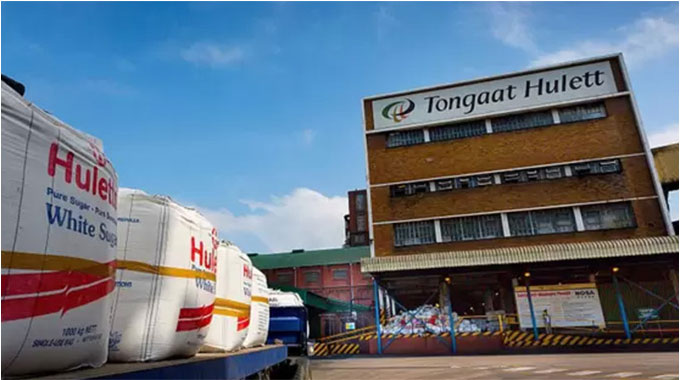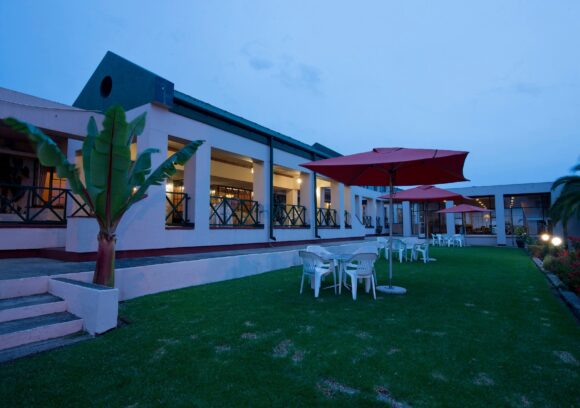ARDA targets 50 000ha for joint venture
THE Agricultural and Rural Development Authority (ARDA) is embarking on a joint venture farming programme targeting to put at least 50 000 hectares under crop in phase oneof the planned initiative, starting with the 2022/23 summer cropping season.
Presently, the authority is undergoing transformation to spearhead rural development
and industrialisation to ensure national food, feed, fibre, biofuels and seed security for
the attainment of Vision 2030, when Zimbabwe is expected to be an upper middle income
country.
According to the World Bank, Middle Income Countries (MICs) are a diverse group by
size, population, and income level. They are defined as lower middle-income economies
– gross national income of per capita between US$1 036 and US$4 045; and upper
middle-income economies – those with a GNI per capita between US$4 046 and US$12
535 (2021).
Under Vision 2030, the Second Republic, led by President Mnangagwa, is targeting to
transform Zimbabwe into an upper middle-income economy with GNI per capita would
be at US$3 500.
At the moment, the country is classified as a middle income economy.
Under the old dispensation, most ARDA estates across the country were idle and
underutilised owing to years of neglect and lack of investment. However, the authority’s
fortunes have since taken a new trajectory and has been awakening from its slumber
since the advent of the Second Republic in November 2017.
In statement, ARDA said pursuant to the joint venture programme, it was inviting A1, A2
and commercial farm owners to express interest to join the market-led programme in
the forthcoming summer crop production.
“The hectarage targeted under phase 1 is at least 50 000ha for summer cropping.
“The ARDA joint-venture programme shall encompass two principal components as
follows: (a) farm owners providing access to land/farms and labour. (b) ARDA providing
access to qualified and competent staff for management of the joint venture farms,
inputs and working capital support, plant and equipment, access to finance, insurance
cover, technical skills transfer, market linkages and favourable farmer returns,” said the
authority.
Interested A1, A2 and commercial farm owners should contact ARDA.
Last year, Lands, Agriculture, Fisheries, Water and Rural Development Minister Dr
Anxious Masuka pointed out that the Government wanted the authority to grow the total
area under crops from its 21 estates dotted across the country from 13 000ha to 88 000ha
within three years.
The authority’s land holding portfolio straddles 142 000ha at all its estates scattered
across the country and the Government wants the combined 88 000ha that is arable to be
under different crops to strengthen the revitalisation of the agriculture sector. A vehicle
for food, fibres and bio-fuel security, ARDA has the potential to contribute 500 000
tonnes of cereals annually, 50 000 tonnes of fibre and a massive 250 million litres of
ethanol.
Speaking by telephone yesterday, agricultural economist Mrs Shamiso Kunzekweguta
said the joint venture initiative by ARDA was a step in the right direction as far as
boosting national food security and enhancement of productivity in the agriculture
sector.
“As you might be aware, agriculture is one of the major economic mainstays of this
country and the initiative that ARDA is embarking on is a welcome development as it will
go a long way in boosting national food security and productivity in the agriculture
sector.
“It is therefore imperative that all those farmers with land which they are failing to put
into good use should seize the opportunity being presented by ARDA to utilise the land,”
she said.
“Most importantly, remember the Government has indicated the intent to reclaim all the
underutilised farms across the country and redistribute them to prospective investors, so
it is in best interest of all those with underutilised land to enter into such partnership
arrangement with ARDA to promote rural development and industrialisation.”
Meanwhile, the Zimbabwe Land Commission has announced that it is presently carrying
out a National Comprehensive Agricultural Land Audit under Phase 4.
The exercise, which began on June 18, 2022 and ends on July 2022 was being carried out
in all the gazetted categories of agricultural land that include old resettlement schemes,
A1 villagised, A1 self-contained, A2 (small, medium and large scale), per-urban farms,
large-scale commercial farms, small-scale commercial farms, commercial farm
settlement scheme, commercial agricultural plots, 3-tier farms and institutional farms.
The objectives of the land audits among others include to collect and analyse land
allocation data and extent of land distribution with respect to gender, equity classification, environmental management, extent of multiple land ownership and double allocations.
The land audits are also used by the Government to assess land use planning with respect
to farm sizes, ecological and farming enterprises and activities as well as to assess the
extent of tenure security and land rights of beneficiaries.-The Herald










